I’m not from Texas, and Ben’s “born and raised,” so this was my chance to experience the true Texas from the source itself: Houston, Austin, and San Antonio (and Ben). I’d heard rumors about the Alamo, cowboys, cowboy hats, Texas two-stepping, BBQ, and more about BBQ… but didn’t understand what was SO GREAT about his “Lone Star State.” Great or not though, people have STRONG feelings about Texas, and I was excited to discover it for myself.
I have said that Texas is a state of mind, but I think it is more than that. It is a mystique closely approximating a religion. And this is true to the extent that people either passionately love Texas or passionately hate it and, as in other religions, few people dare to inspect it for fear of losing their bearings in mystery or paradox…. Texas has a tight cohesiveness perhaps stronger than any other section of America. Rich, poor, Panhandle, Gulf, city, country, Texas is the obsession, the proper study, and the passionate possession of all Texans.” –John Steinbeck
Houston: Modern Metropolis
Ben was determined to prove that Texas is modern, cultured, and sophisticated. Therefore, despite our ban on attending encyclopedic museums (to focus on where we are and save money), we spent the morning visiting surreal paintings in the [free] Menil Collection.
We also skipped art museums because most people can’t handle my… intensity with art. But Ben did an excellent job using Magritte’s paintings to discuss the illusion of freedom–on road trips and otherwise–and all the barriers we face pursuing it.
So, after one day, Ben persuaded me that Texas can be modern and sophisticated. The “Museum District” has 19 museums, and Houston, the 4th largest US city, is also the country’s most diverse.
But of course, to discover the “true” Texas, I had to learn its history, and since we started Texas from Houston, we also started its founding story backwards.
We began the story of the Texas Revolution at the Monument and Battlefield of the Battle of San Jacinto–which actually ended the Revolution. But luckily every Texan seems to know this myth, so Ben helped me catch up.
While Mexican dictator Santa Anna and his men were taking a siesta, Sam Houston and roughly 900 men caught them in a surprise attack, killing 630 and capturing 730 more, while only losing 9 men. The battle was over in 18 minutes, and Santa Anna surrendered the next day.
Note that at this monument, like everywhere else, Texas has to do everything bigger than everyone. It’s taller than the Washington Monument.
Inside the monument, Ben learned about his distinguished relative, Mirabeau B. Lamar: the 2nd President of the Republic of Texas and known as the “Father of Texas Education.” For example, Lamar set aside land for a public school system, which later, through the Morrill Act, led to major universities including Ben’s alma mater, Texas A&M.
I immediately recognized Lamar as Ben’s relative when I saw their striking resemblance–more than just physical. Lamar may be the source of Ben’s interest in poetry. Here’s an excerpt from a poem addressed to Sam Houston, 1st and 3rd President of Texas:
“I come great Chief of sanjacinto/ A disappointed, ruined printer,/ And humbly beg to lay before ye,/ A very sad, but honest story.//…
Within the town that bears your name,/ And borrows thence its greatest fame,/ I’ve published long, a weekly paper,/ As great as any man’s or greater.”
–The Modest Petition of a Newspaper Editor, To Samuel Houston, President 1841
I hope Ben finds greater success as a writer though.
Ben actually dressed up as Mirabeau Lamar in 5th-grade! But like much of our Texas journey, the museum challenged some myths Ben’s been taught. For example, despite the above photo, we learned Lamar ordered many attacks against Native Americans, believing “total extinction” was necessary to make land available for whites.
Austin: Texas has culture!
Texans eat tacos for breakfast. Really. It’s the best idea!!! Texans also love their music–and Ben and I found a place that gives free tacos in exchange for a song.
Despite my pre-breakfast voice and untuned violin, I got these for free.
We ate there all three mornings.
Despite being stereotypically anti-government, Texas was also the birthplace of one of the most active American presidents: Lyndon B. Johnson, and we spent the morning at his presidential library and museum.
LBJ, “a tornado in pants,” was in love with his own voice. On the phone, he wouldn’t let Martin Luther King Jr. get a word in. But the “LBJ treatment” made for some truly effective political action.
“We sometimes shy away from the exercise of power and sometimes the way he used it might have been tough, but the overall end was to try to make life better for people.” –Dorris Kearns Goodwin
Thanks to LBJ for:
- clean air
- civil rights
- preservation of wilderness
- seatbelts!!!
- free information
- the arts and humanities (the NEA and NEH)
LBJ was a strange introduction to Texas, but so was Austin. Both LBJ and Austin surprised me with their active approach to government, liberalism, and embrace of social planning.
“There is no problem which we cannot solve together, and there are very few which any of us can settle by himself.” LBJ, 1964
However, they also reminded me that while Texas may be one “cohesive” state, it’s made up of many different people and ideas. Later in San Antonio’s “Institute of Texan Cultures,” we learned about the many cultures–German, Irish, African American, Native American, French, Spanish, and many more that collectively created so-called “Texan” culture. Moreover, today, Texas’ ethnic and cultural makeup is rapidly changing:
We were also excited to discover a surprise music exhibit on the Beatles!
After visiting so many star-centric music museums, we loved learning about fans and “Beatlemania.” For example, we read that Lennon allegedly remarked:
“The power of Christianity was on the decline in the modern world, and… things had reached such a ridiculous state that human beings (such as the Beatles) could be worshipped more religiously by people than their own religion.” – John Lennon
Concerning hero worship, we felt a bit similarly about the LBJ museum–particularly when watching the animatronic LBJ religiously reanimated down to his hair and fingernails. While the exhibits sometimes ignored his flaws to obsess over his character and good intent, LBJ’s accomplishments, like those of the Beatles, merit remembrance.
In addition to tacos, Austin is also a food cart haven. At “Hey, You Gonna Eat or What?,” we tried the award-winning “Shiner Monty Christo:” a Shiner Bock beer battered Monte Christo.
We ate before swimming at Barton Springs, an enormous spring-fed public pool–one of Austin’s many impressive public spaces.
This is probably because Austin has big government, literally. The Capital building is bigger than the U.S. Capital Building (interpret that for yourself).
We kept running out of water and were thrilled to discover a historical sign about a water fountain, but then read that although one existed in the early 1900s, “because no photographs…were found to document its appearance, a circular bronze marker was installed in 1996 to mark the location.” How helpful.
On our road trip, Ben and I have been trying to grasp some of the “Cowboy” spirit for ourselves–bravely seeking out the path less traveled, restoring our connection to the land, and singing to the moon… even in a world where it seems anachonistric (acknowledging Hollywood probably shaped this image more than history). We’ve seen similar iconic “Bronco Buster” images all over the west.
And we’re not the only ones. Even in this Texas metropolis, the romantic image of the Cowboy still shapes modern sounds. Here Ben and I worshipped at the feet of one of our new idols, outlaw country legend Willie Nelson.
“The farther Americans became removed from the cowboy past, the more intense became their interest in cowboy songs and lore.” –Bill Malone, Country Music USA
We’ve been listening to cowboy music ever since [more on this later].
But Austin, “the live music capital of the world,” has produced much more than cowboy music.
The “8 1/2 Souvenirs'” gypsy jazz at the historic venue, C-Boys, made us feel we were in 1930’s Paris.
And during a live “Murder Ballad” show we spontaneously found one night, we relived songs from the very beginning of our trip.
While these southeastern murder ballads weren’t cowboy songs, it turns out they’ve helped define what “cowboy” sounds like:
“By the mid 30s… a ‘western’ music definitely was becoming dominant, but it was a music that was not even remotely connected with cowboy origins… that had developed in the eastern tier of the southern states: Louisiana, Texas, and Oklahoma” –Bill Malone, Country Music USA
The “armadillo” is the symbol of Austin music. We loved interpreting this representation of a bloody armadillo shooting from a musician’s heart–please share your interpretation below! [Dad, I expect another essay!).
We’d been waiting since Nashville’s Studio B to play this song:
San Antonio: Remember the Alamo!
Now that we were nearing our final Texas city, it was time to learn the beginning of the Texas Revolution story: The Battle of the Alamo.
Like the Cowboy, the Alamo is as much myth as history–but here’s a basic intro for all you non-Texans:
In 1836, the Mexican province of Texas was fighting Mexican dictator Santa Anna for independence or a return to the Constitution of 1824. After a 13-day siege of the Alamo mission, Santa Anna’s forces of ~1,500 killed all “Texian” defenders (~200 men, including Davy Crockett and David Bowie.) This loss, coupled with the later Goliad Massacre, inspired the later decisive victory at San Jacinto.
Phil Collins narrated an exciting Alamo light show history for us next door. We considered it about as accurate as all the other accounts (including the 1960 John Wayne movie).
Ben and I had different reactions towards this myth. Personally, I was not impressed with “heroes” who knowingly died against impossible odds for, in my opinion, no strategic purpose. Ben admitted their “courage” was more like suicide, but he respects that they stayed to fight oppression, and regardless, their deaths ultimately altered the nation’s history.
In terms of its contemporary relevance, Texans take this story to heart, and I found it a strange alternative to the myth of the American Revolution. While both take “independence” and willingness to fight and die for “freedom” seriously, I found the violence and war-centric narrative very different from the focus I was taught on ideas, writing, and even boycotts. Of course, Texans know both stories, but I wonder how this story changes Texans’ conception of what it means to be a “good” American.
Of course, before the famous Battle of the Alamo, the Alamo was a mission, so Ben and I took a mission bike ride to learn about this extremely early “American” history.
Missions served many functions, benefitting both the Spanish missionaries and natives. For example, the walls protected natives from raiding Apaches.
However, the missions’ primary function was to turn natives into “tax-paying, Christian citizen-farmers” (National Park Service label).
Conversion was particularly important, since Spain didn’t have enough citizens to secure their claims to American land. By “converting native peoples to Catholicism and teaching them to live as Spanish citizens… the missions became a buffer against other European nations competing for territory.”
Personally, I find it astounding that Spanish explorers would come all the way to America just to transform the natives into themselves, and Ben was upset they were exploiting the gospel for political and financial gain.
It was a good reminder to keep an open mind when traveling, and to embrace differences as an opportunity for personal growth.
Hence, I kept an open mind and embraced Texas BBQ: ribs, brisket, and sausage. And while I found it challenging (I don’t eat pork), it was AMAZING!! I admit there are some things Texas does better than anyone else.
Balmorhea: Into the Wilderness
Most Texans live in cities (~90%), and yet “Texas” makes me think of wide open spaces, cattle, cowboys, and cacti (thanks again Hollywood!). However, after visiting 3 major cities, Ben and I finally ventured off into the Texas wilderness.
But before, we made a brief pitstop at Ben’s San Antonio high school, TMI – The Episcopal School of Texas.
Upon returning, memories came rushing back. It was a good reminder of his past growth–intellectual, spiritual, and social–as well as growing yet to be done.
After hours of driving through Texas Hill Country, desert flatness, tiny tiny Texas towns, and more BBQ, we stopped for our first night of camping in Balmorhea State Park. We somehow managed to get a private sunset swim in the park’s claim to fame: the world’s largest spring-fed pool.
When I met this elegant bug in the bathroom, I thought it was our first insect road trip friend. But Ben told me these “stick bugs” (Anisomorpha buprestoides) can “spray a milky kind of acidic compound from glands on the back of its thorax… unerringly hitting the face of a perceived predator… [causing] intense burning and even temporary blindness.”
NOW THE OLD GIANTS ARE GONE
WE LITTLE MEN LIVE WHERE HEROES
ONCE WALKED THE INVIOLATE EARTH
–Quote from Tom Lea’s painting of Texan Heroes at the Bullock Texas State History Museum
We’ve gone into much of this trip with our heads full of myth. Sometimes we’ve found them spectacularly enhanced, like when discovering enchanting springs, daring heroes, and smoked brisket. And sometimes they’re challenged by mundane but often overlooked facts: dangerous bugs, suicidal odds, and over-priced sides.
But we love digging into stories of our country and ourselves–whatever our adventures reveal–and we look forward to sharing our discoveries with you as we continue journeying into the West!
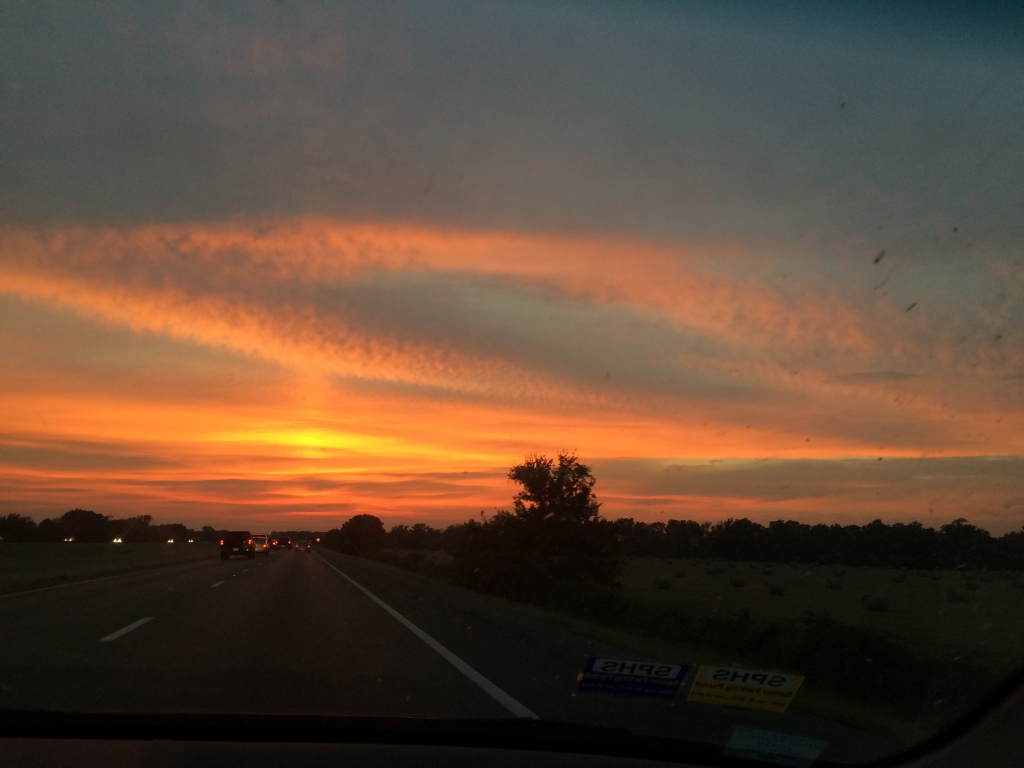
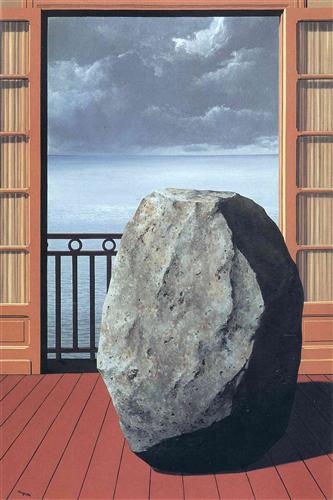

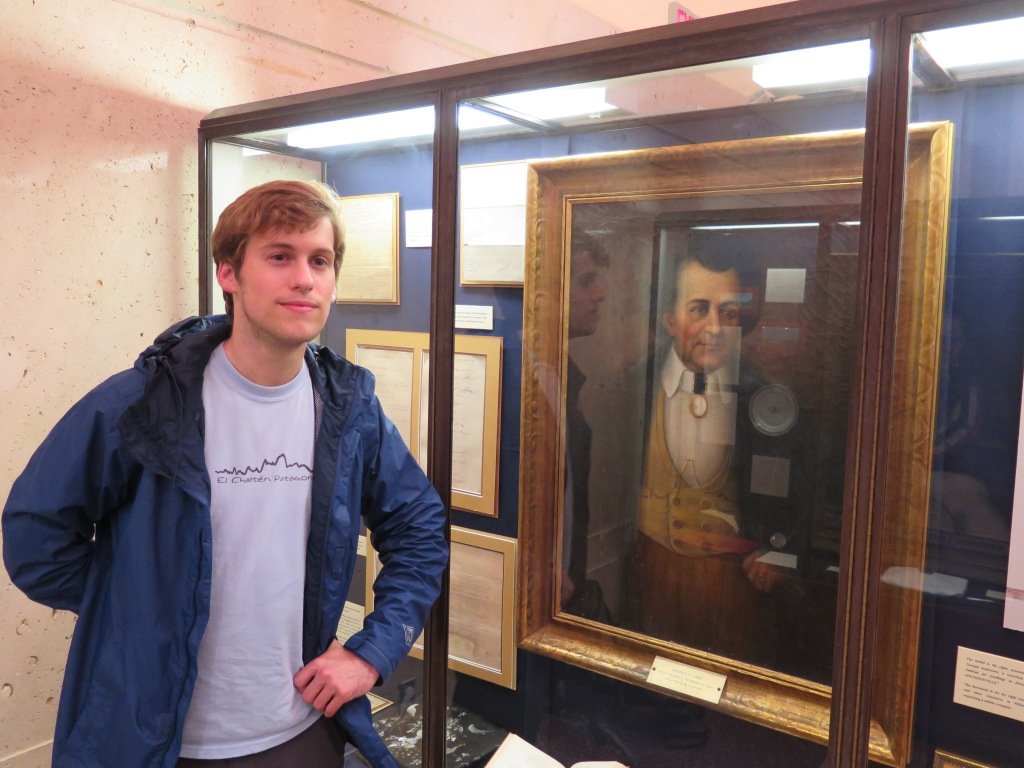

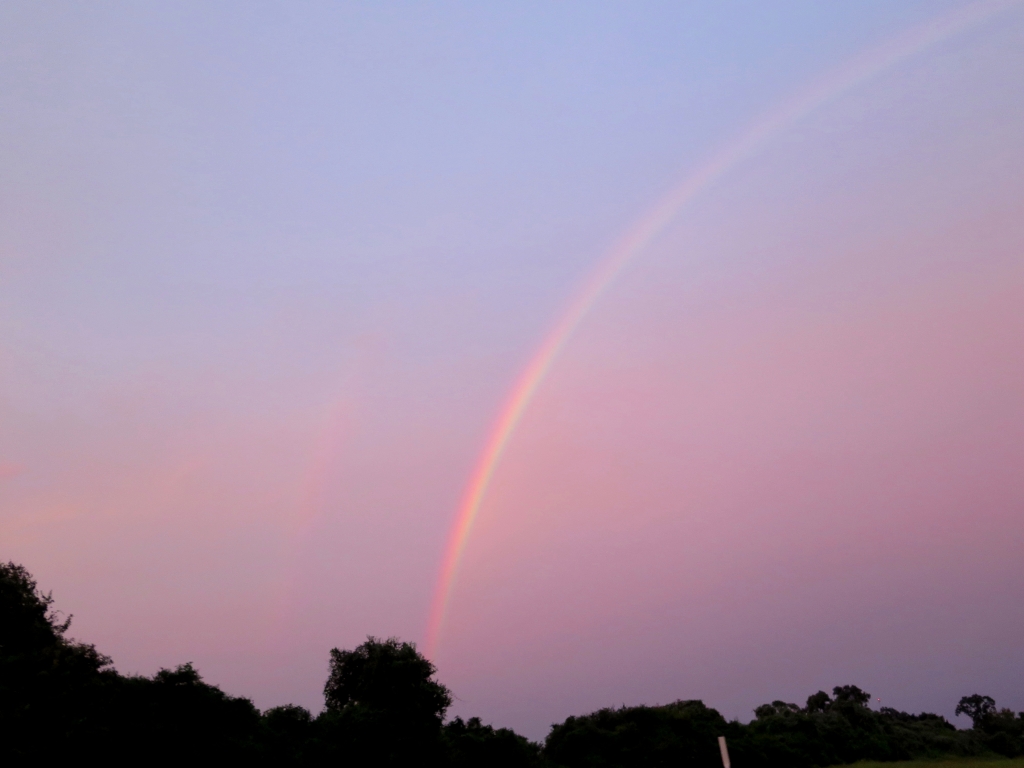

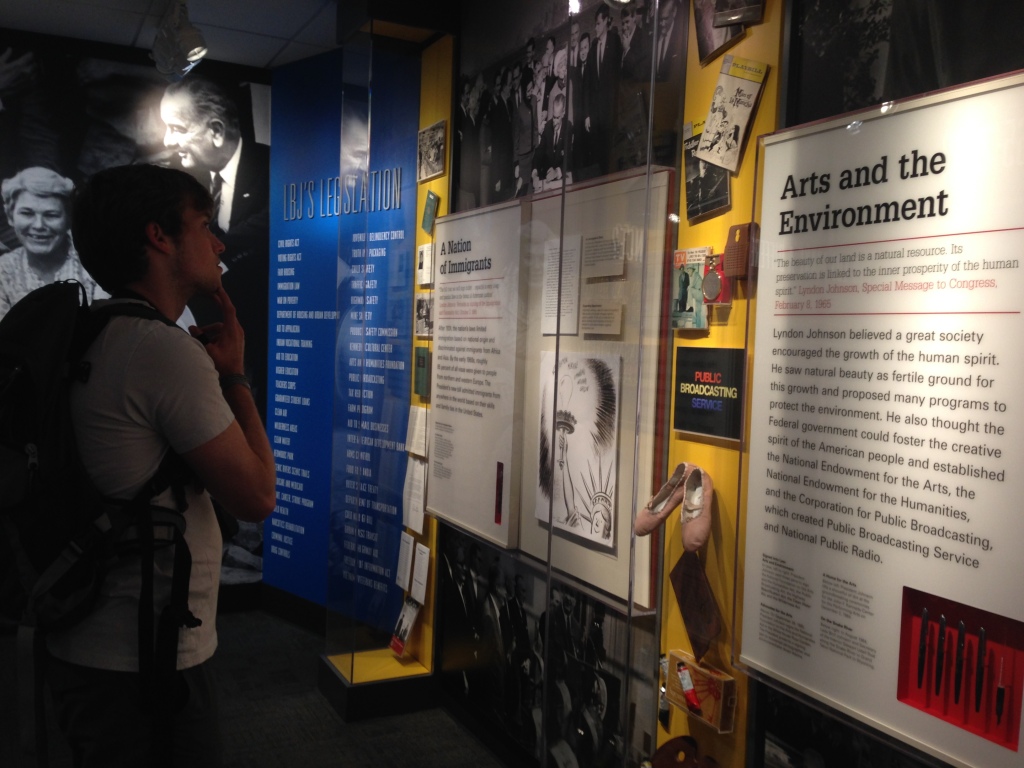




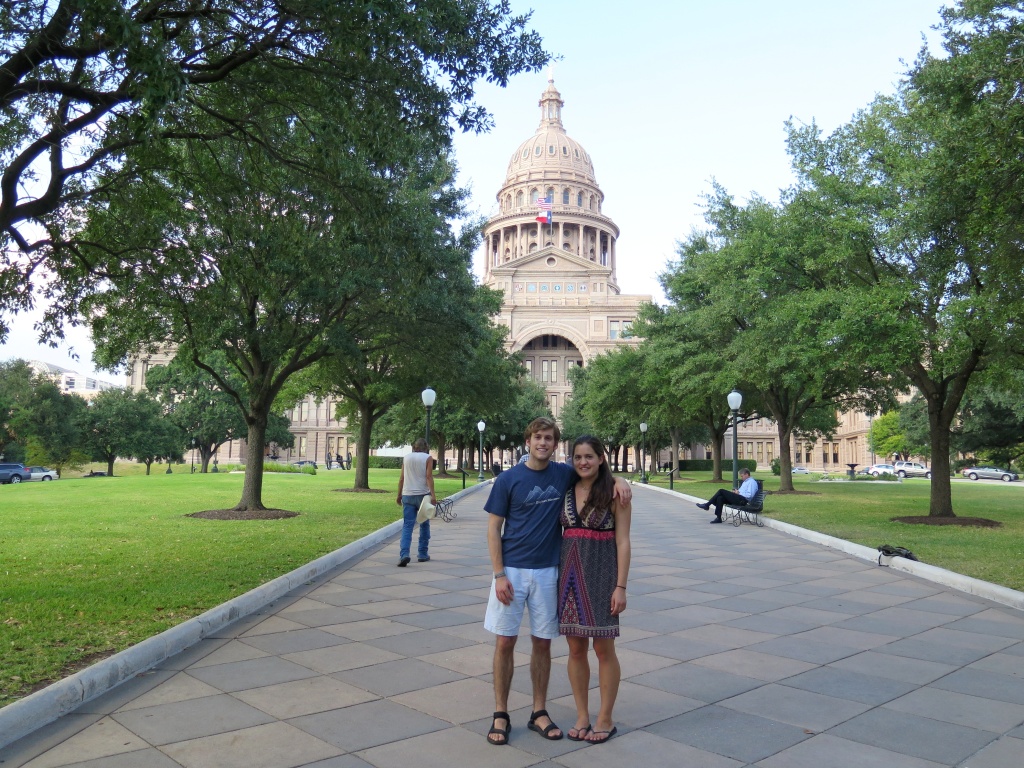
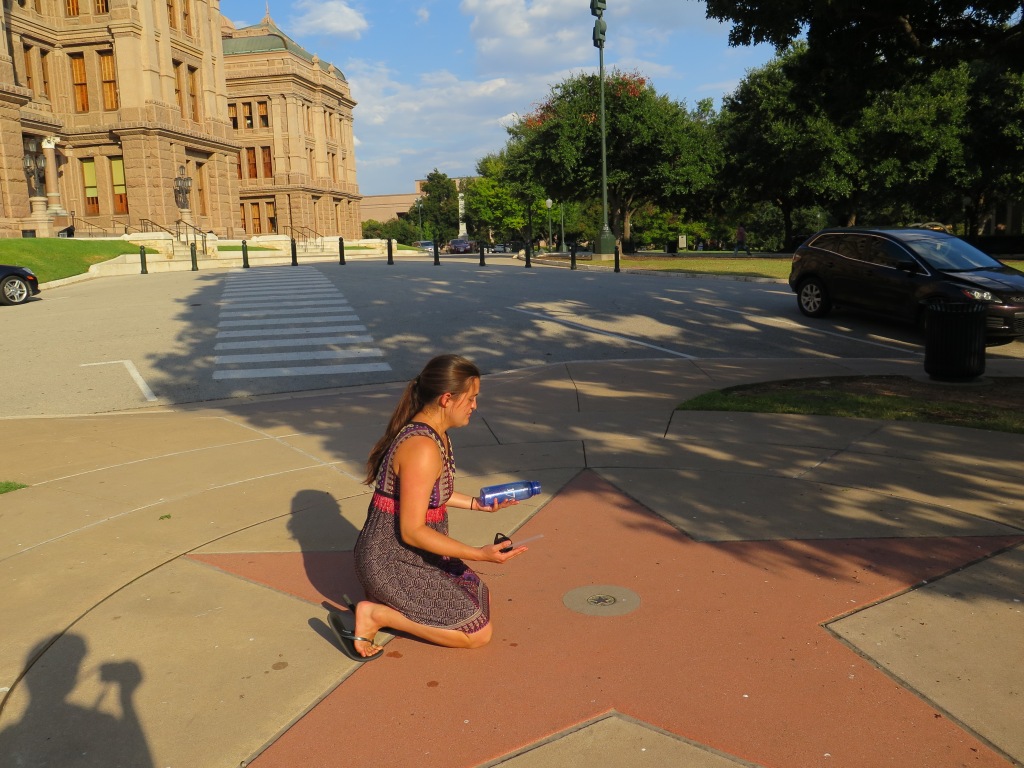
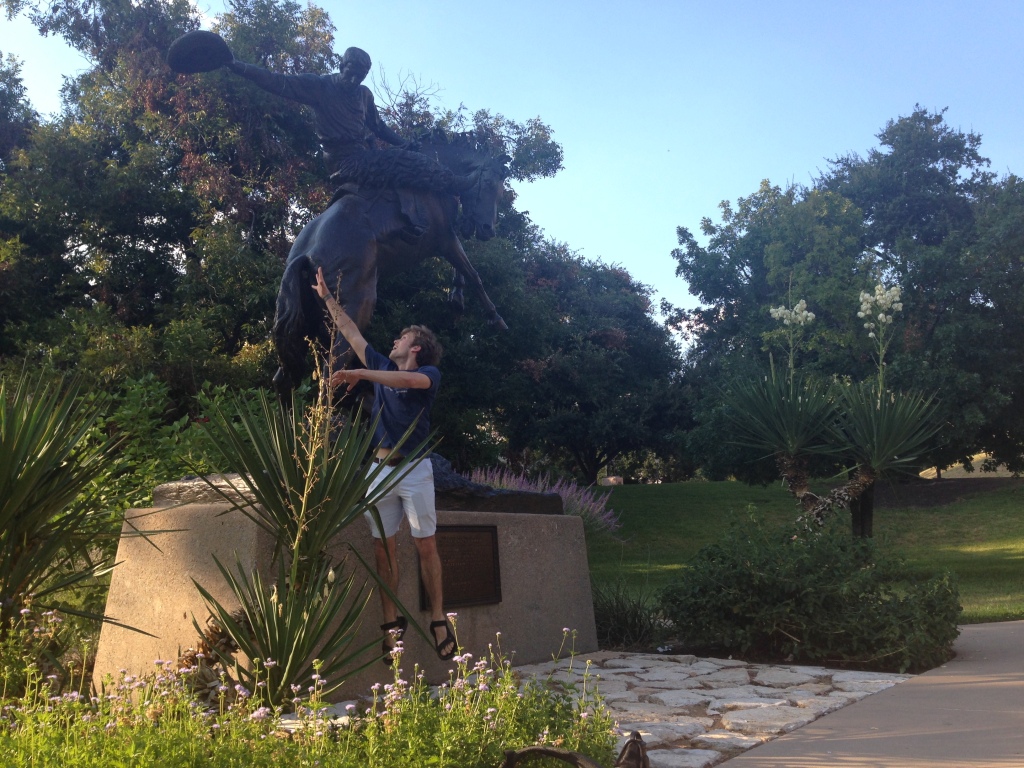






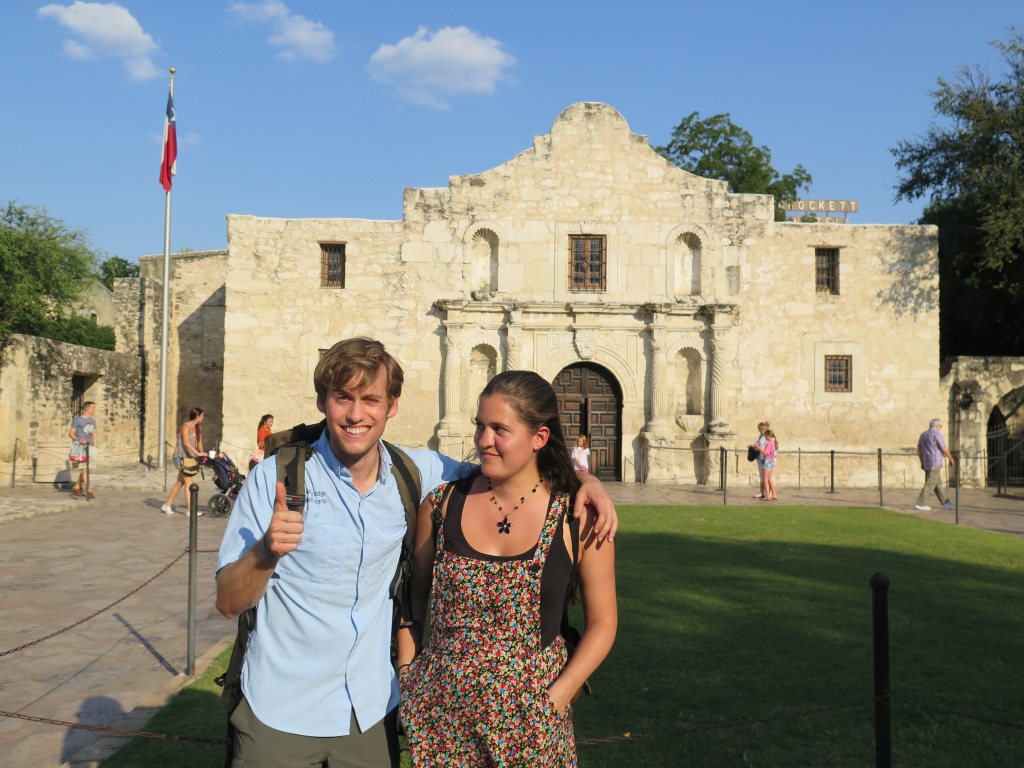
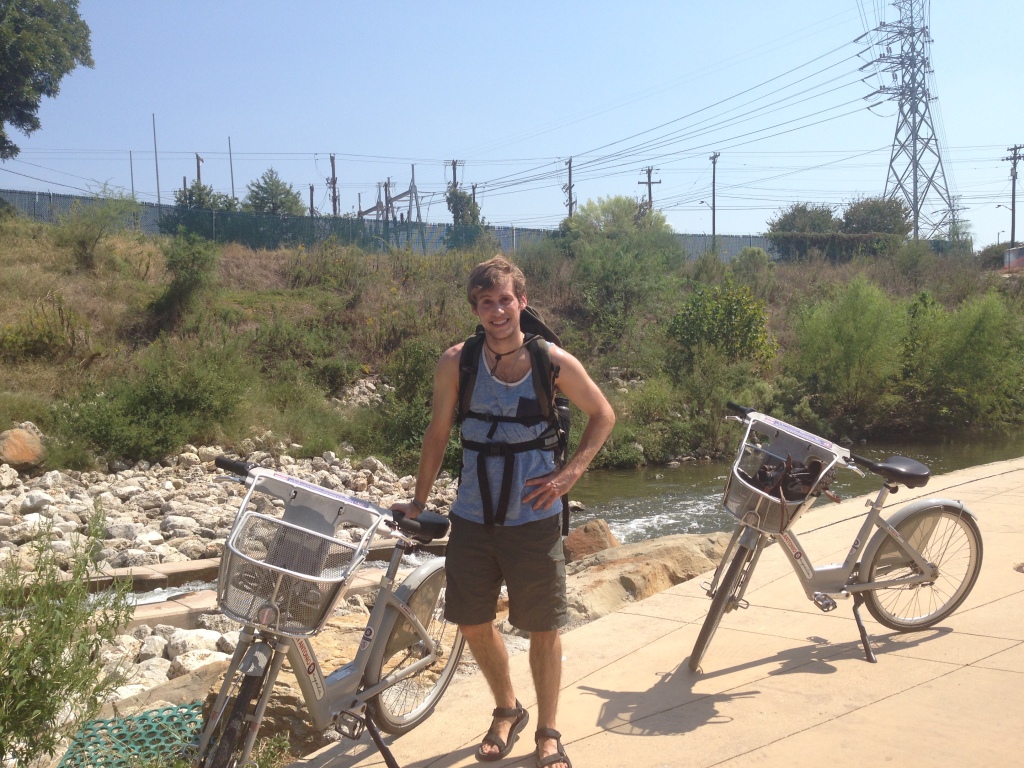
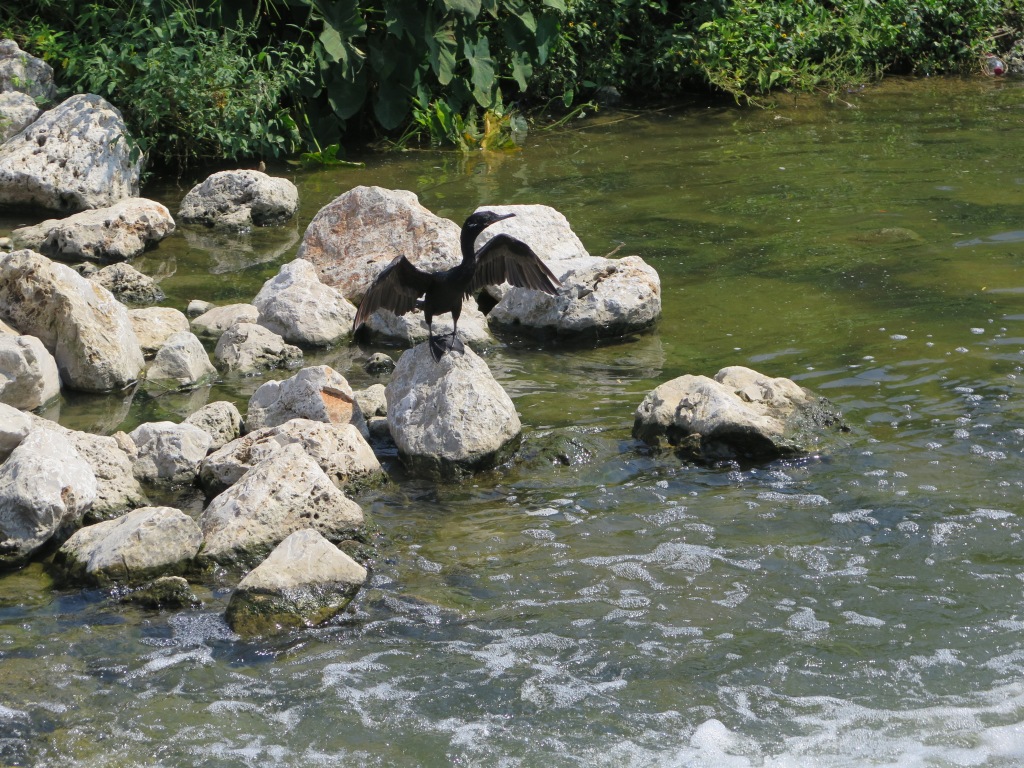

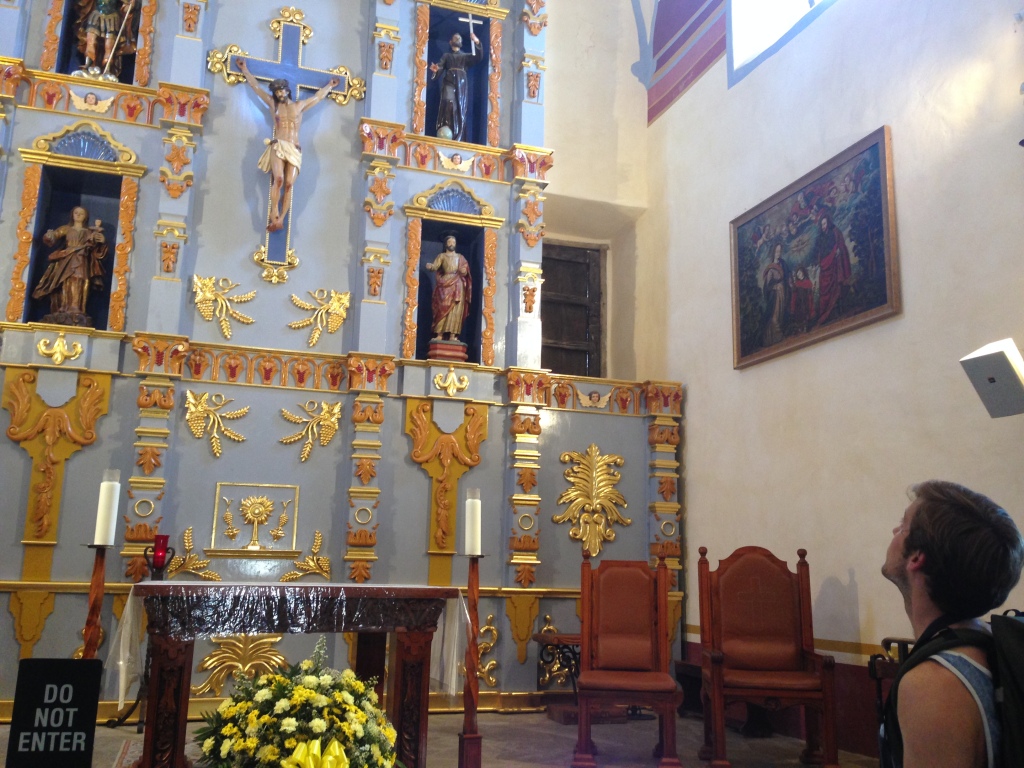



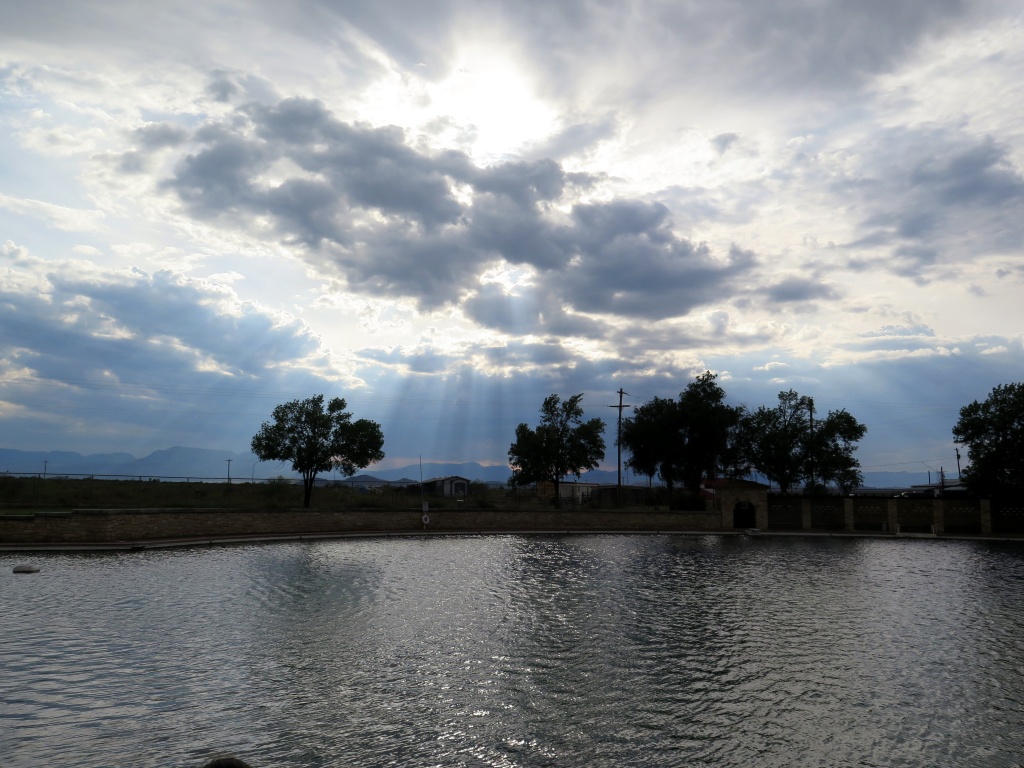


I take the Texas Armadillo as symbolizing that Texans may be tough talking cowboys on the outside but on the inside they are as soft as mush and bleed as much as those fuzzy minded Eastern liberals. It’s rather like the Sabra (cactus) image that Israelis used to characterize themselves: tough on the outside; soft on the inside. But if only for the image you’ve provided, this idea is carried to an extreme. Here the inside is a bloody torrent of feeling. This juxtaposing frisson of a hard shell and a wildly emotional musician could nicely capture the artistic sensibility of cowboy land.
On another matter, I couldn’t play the dozen or so Spotify songs you embedded. All the videos played fine. Perhaps one needs a Spotify account to listen to those songs.
Lastly, in various American history books, I have some good chapters on early Texas history. The one I would recommend is from the Pulitzer Prize winning book, What Hath God Wrought: The Transformation of America 1815-1848.
LikeLike
First, unfortunately you do need a spotify account to play the music. But it’s free and you can just link up with facebook–I promise it’s worth it. The blog is written against the music.
And for the image, we were definitely thinking along the same lines–as cowboy music being a “bloody torrent of feeling,” some type of violent sharing of one’s intense and maybe ugly emotions. For affirmation of your first interpretation, maybe note the picture of the dead armadillo in our last post.
LikeLike
We are having the best time living this trip with you. It’s amazing to us that you have found such an intersting way to see this country. Just in case he hasn’t noticed, tell Ben that New Englanders are pretty sure they are the salvation of the USA and therefore a superior type of American. Like Ethel Merman-anything you can do I can do better! How are you both ever going to want to come back to the real world!!!!! LOts of Love, Grandma S.
LikeLike
I have enjoyed following your trip and sharing your experiences.. Having never been in Texas, I learned alot about cowboys and brisket!!
xoxo, Helene
LikeLike